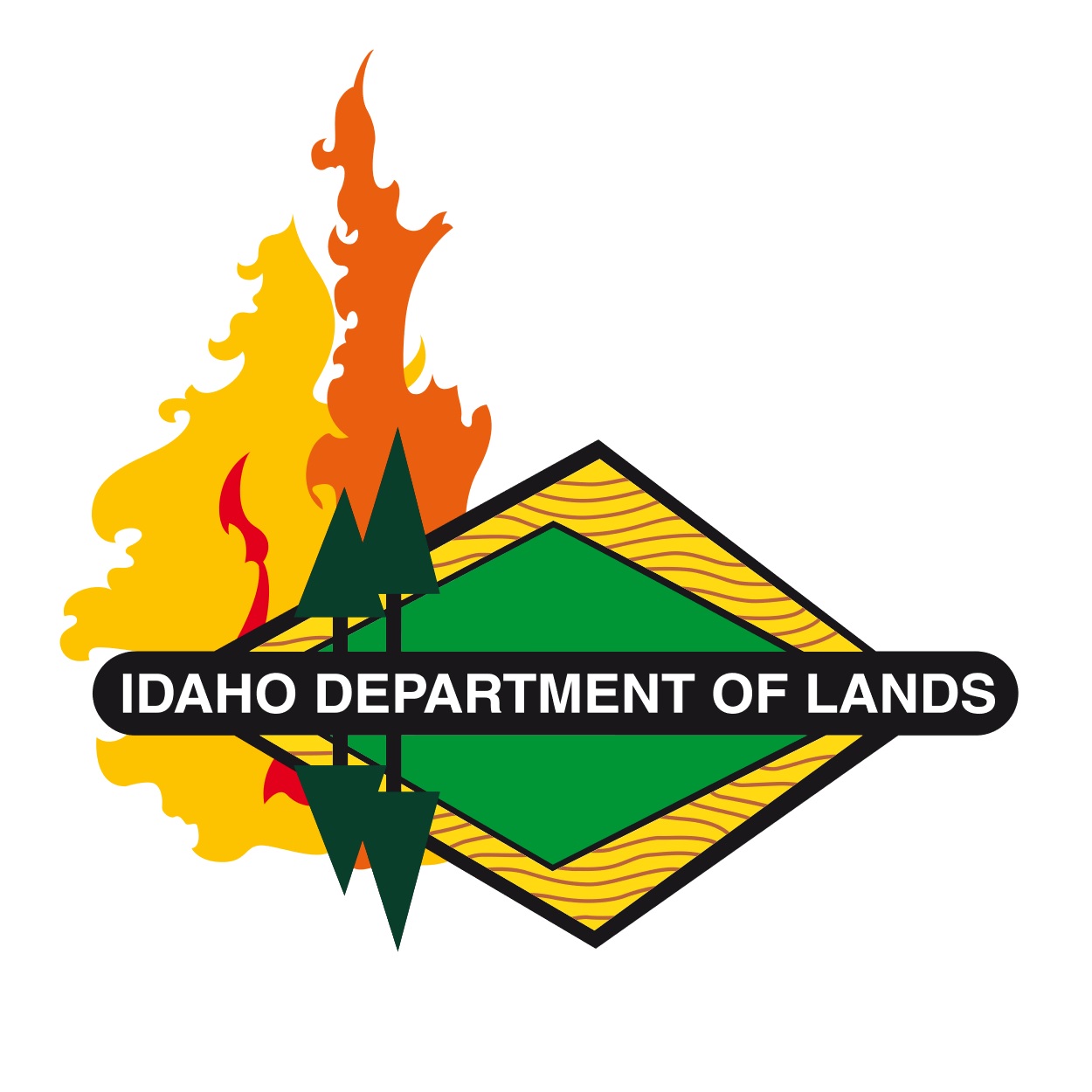Frequently Asked Questions
Does the Idaho Dredge and Placer Mining Protection Act apply to suction dredges?
Only those larger than 8-inch diameter intake. The rest are regulated on the beds of navigable rivers by the Idaho Department of Water Resources (IDWR) and the Idaho Department of Lands.
Does the Act apply to patented mining claims?
Yes. Patented mining claims are treated just like other private lands.
What is the usual bond rate?
The actual cost of reclamation is up to a maximum of $1,800 per acre.
What about exploration?
You may explore using motorized earth moving equipment with a Notice of Exploration to the Department of Lands. Holes or trenches must be closed and reseeded within one year. If the exploration exceeds one-half acre of disturbance, a Dredge and Placer Mining Permit is required.
What about using hazardous chemicals?
Any use of hazardous chemicals must be reviewed by the Idaho Department of Environmental Quality (IDEQ) to meet State water quality standards.
What if I build ponds or dams?
Any water containment dams over ten feet high or tailings ponds over thirty feet high must be reviewed by IDWR. Settling ponds with dams under ten feet in height must be reviewed and approved by IDEQ. Stream ponds or dams are not allowed without a stream channel alteration permit.
Can the Department of Lands deny a permit?
Yes. The Land Board may deny an application for a permit on state land, any riverbed, or any unpatented mining claim upon its determination that the proposed operation would not be in the public interest or would result in permanent damage to a stream channel.
Can I post a bond with the U.S. Forest Service?
Yes. The Act allows the State to recognize valid bonds held by the USFS or BLM for reclamation, as long as they are in an amount as great as the required state bond.
How do I appeal a decision of the Department of Lands?
An appeal of a Department decision may be made by filing a letter with the Director of the Department of Lands and requesting an audience before the State Board of Land Commissioners.
What waters are closed to mining?
- Boise River – The bed of the Boise River from Lucky Peak Dam in T2N, R3E, B.M., downstream to Star Road in T4N, R1W, B.M. Withdrawal does not include excavation for flood control purposes.
- The bed of the South Fork of the Boise River from the Anderson Ranch Dam in T1S, R8E, B.M., downstream to Neal Bridge in Sec. 34, T3N, R6E, B.M.
- The bed of the Middle Fork of the Boise River from the east boundary of T5N, R8E, B.M., downstream to the west boundary of Sec. 1, T3N, R5E, B.M.
- Payette River – The bed of the North Fork of the Payette River from Carbarton Bridge in Sec. 31, T13N, R$E, B.M. to Banks in Sec. 32, T9N, R3E, B.M.
- The bed of the South Fork of the Payette River from the Sawtooth Wilderness boundary in Sec. 12, T9N, R9E, B.M. to Banks in Sec. 32, T9N, R3E, B.M. This river segment is open for recreational suction dredging and gold panning. No claims or lease applications will be accepted by the Idaho Department of Lands for this river section as it has been designated as open to the general public as a recreational mining site.
- The bed of the main Payette River from Banks in Sec. 32, T9N, R3E, B.M. to Black Canyon Dam in Sec. 22, T7N, R1W, B.M.
- Priest River – The bed of the Upper Priest River from the Canadian Border in Sec. 12, T65N, R5W, B.M. to the confluence with Priest Lake in Sec. 19, T63N, R4W, B.M.
- Clearwater River – The Middle Fork of the Clearwater River from the town of Lowell downstream to the town of Kooskia.
- Lochsa River – The Lochsa River from the Powell Ranger Station downstream to its junction with the Selway River at Lowell forming the Middle Fork.
- Selway River – The bed of the Selway River from its origin downstream to the town of Lowell.
- Salmon River – The bed of the Salmon River from the mouth of the North Fork of the Salmon River in T24N, R21E, B.M., downstream to Long Tom Bar.
- The bed of the Salmon River from Hammer Creek in T28N, R1E, B.M. downstream to the mouth in T29N, R4W, B.M.
- The bed of the Middle Fork of the Salmon River, from its origin downstream to its confluence with the Main Salmon River.
- St. Joe River – The bed of the St. Joe River, including its tributaries, from its origin downstream to its confluence with Coeur d’Alene Lake, except for the St. Maries River and its tributaries.
- Snake River – The bed of the Henry’s Fork of the Snake River from its point of origin at Henry’s Fork in Sec. 21, T15N, R43E, B.M. downstream to its point of confluence with the backwaters of Ashton Reservoir, Sec. 13, T9N, R42E, B.M.
- The bed of the Snake River from the east boundary of T6S, R83, B.M., to the west boundary of T1S, R2W, B.M., encompassing the Birds of Prey Area.
- The Idaho bed of the Snake River consisting of the east ordinary high water mark to the center of the main channel (State of Idaho ownership in the Hell’s Canyon National Recreation Area), from the north boundary of T20N, R4W, B.M., downstream to the south boundary of T31N, R5W, B.M.
Note: Additional withdrawals of navigable waters may exist. Contact the Idaho Department of Water Resources for additional information.
Web address: https://idwr.idaho.gov/
Can my permit application be confidential?
Test results, reserve calculations, and production data may be kept confidential under the provisions of Sections 74-107 and 74-108, Idaho Code.

